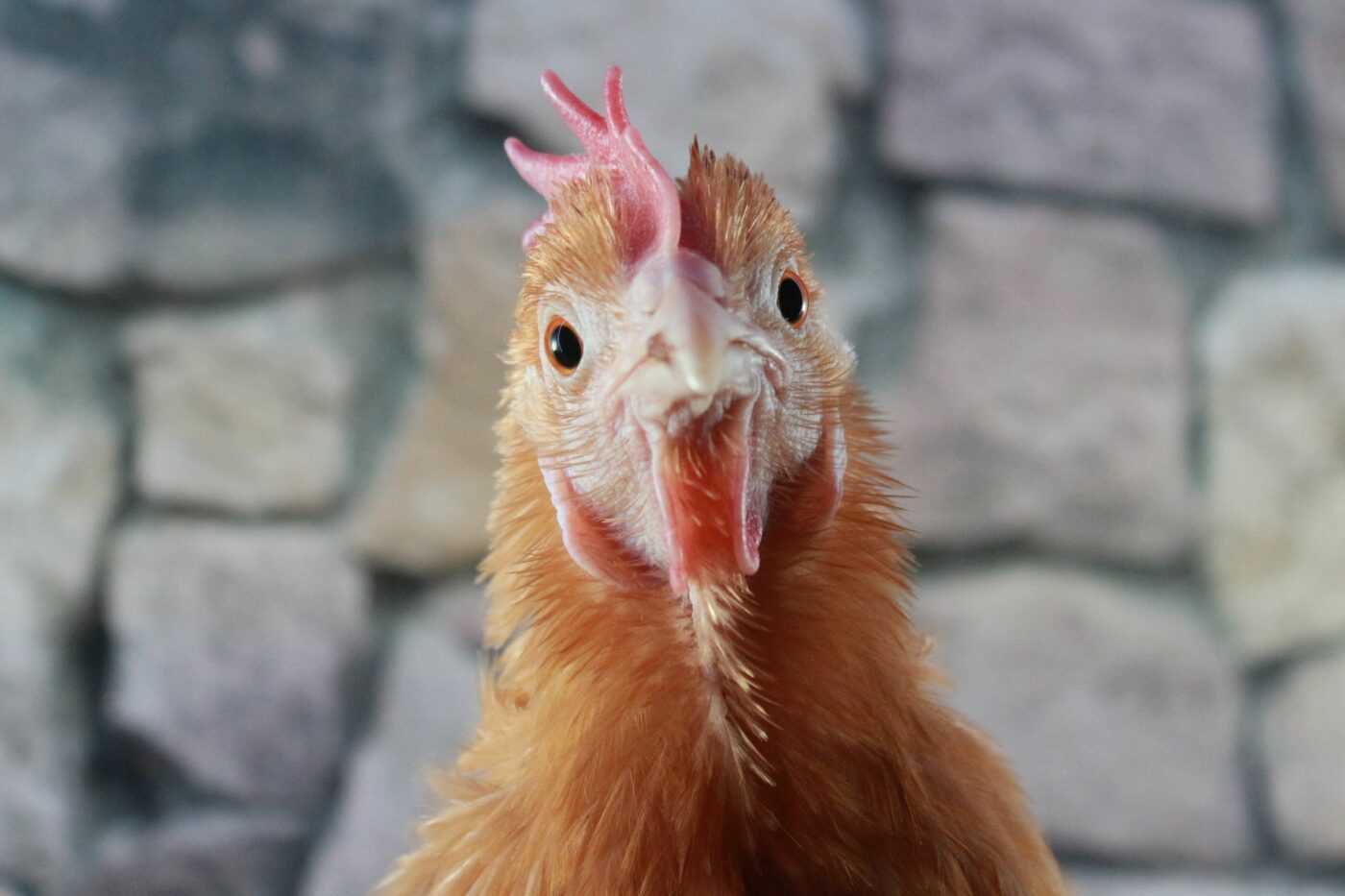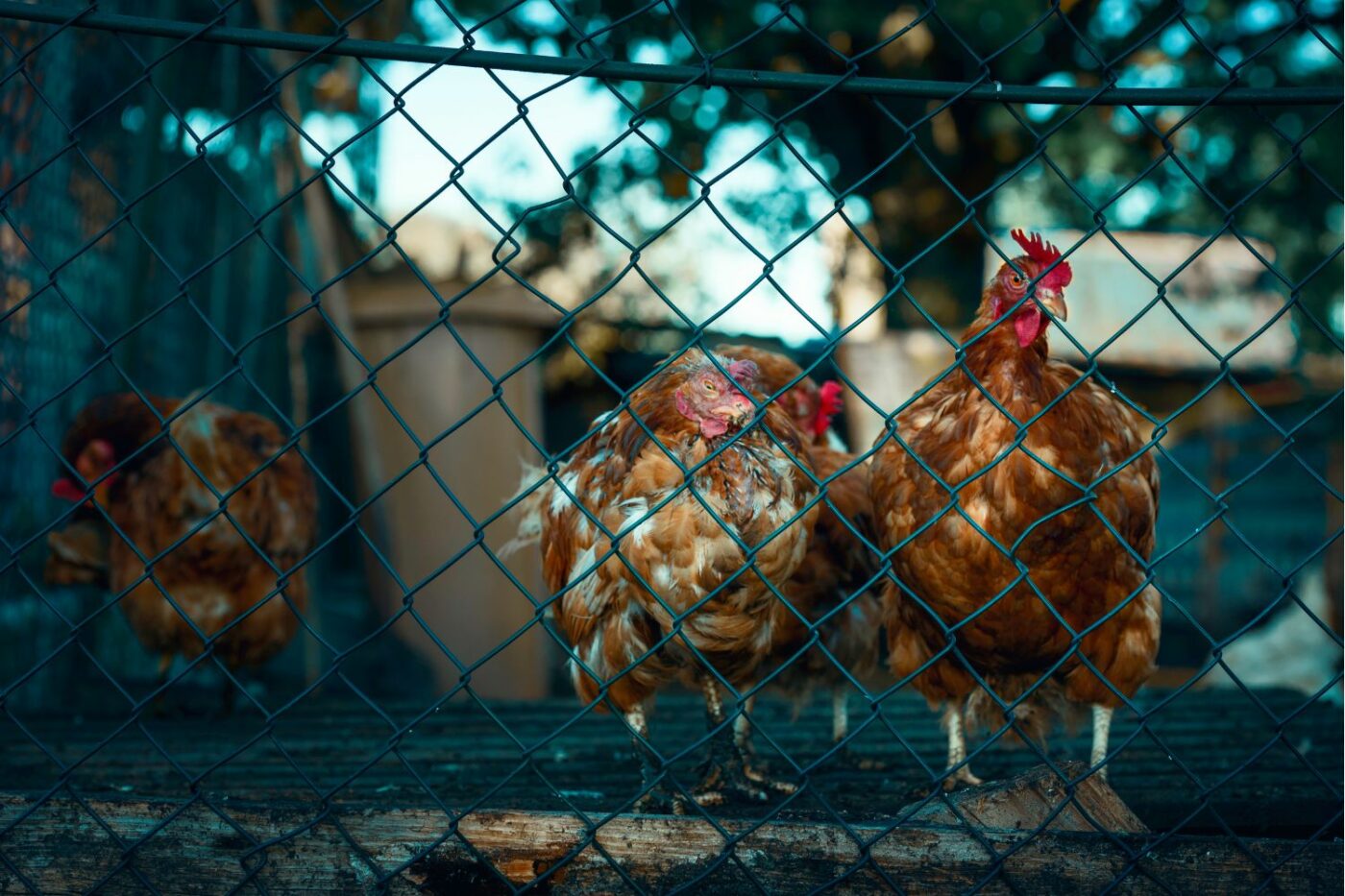Ever walked into your chicken coop to find feathers everywhere and your once-beautiful birds looking like they’ve been through a chicken plucker? Don’t panic! Your chickens are probably just molting. When I first noticed my favorite hen Henrietta looking half-naked and ragged I freaked out thinking she was sick or being bullied. But turns out she was just going through a natural process that all chickens experience.
In this comprehensive guide, I’ll walk you through everything you need to know about chicken molting – from why it happens and when to expect it, to how you can help your feathered friends through this challenging time.
What Is Chicken Molting?
Chicken molting is the natural process where chickens shed their old, worn-out feathers and grow fresh new ones. It’s basically a chicken’s way of replacing their “coat” before winter arrives. During molting, your chickens might look pretty pitiful – with patchy feather loss, exposed skin, and a generally droopy appearance.
Feathers aren’t just for show – they’re crucial for insulation, protection, and flight (well, the limited flying that chickens do) Over time, feathers become damaged and worn, which is why chickens need to replace them periodically to maintain good health
When Do Chickens Molt?
Chicken molting typically follows patterns based on age and season
Age-Related Molting
- First Juvenile Molt: Occurs when chicks are just 6-8 days old, when they lose their downy covering and grow their first real feathers
- Second Juvenile Molt: Happens at around 8-12 weeks, when chickens replace their baby feathers with adult plumage (this is when roosters start developing their fancy feathers!)
- First Adult Molt: Usually occurs at approximately 18 months of age
Seasonal Molting
Most adult chickens molt annually, typically in late summer or early fall as daylight hours decrease. This timing allows them to grow fresh feathers before winter arrives. However, as my own flock has taught me, not all chickens follow the rulebook!
My hen Frida decided to start molting right before Christmas one year – talk about bad timing! Some chickens might molt at unusual times due to stress, illness, or just their own quirky biological clock.
Why Is My Chicken Molting Now?
If your chicken is molting at an unexpected time, here are some possible reasons:
1. Hormonal Fluctuations
Chickens might molt due to hormonal changes or abnormalities. Issues with the pituitary gland or ovaries can trigger an untimely molt.
2. Environmental Stressors
Several environmental factors can trigger molting:
- Sudden temperature changes
- Moving to a new coop
- Introduction of new flock members
- Predator scares
3. Diet Issues
Poor nutrition can force your chicken’s body into conservation mode, triggering a molt. If your chickens don’t get enough protein or nutrients, their bodies might prioritize survival over feather maintenance.
4. Illness
Sometimes molting can be a response to illness. A sick chicken’s body might initiate molting as part of the healing process or as a stress response.
5. Lighting Changes
Chickens are sensitive to light cycles. If you’ve been providing artificial light in the coop and suddenly stop, this change can trigger molting.
6. Broodiness
Hens that have been broody (sitting on eggs) may molt after raising chicks. My broody hen always looks disheveled after caring for babies and often starts molting soon after.
Types of Chicken Molting
Not all molts are created equal! Your chickens might experience:
Soft Molt
During a soft molt, chickens lose feathers gradually, and you might barely notice it happening. They’ll look slightly ragged but won’t have large bare patches.
Hard Molt
A hard molt is dramatic and impossible to miss! Your chicken will lose large quantities of feathers quickly, often looking almost naked in spots. This type is more stressful for the bird and usually results in a complete pause in egg production.
How Long Does Chicken Molting Last?
The molting process can vary widely:
- For some chickens: 3-4 weeks
- For others: up to 16 weeks (4 months)
- In unusual cases (like my Frida): up to 6-7 months!
The timing depends on the individual bird, its health, diet, and environmental conditions. Generally, older hens take longer to complete their molt than younger ones.
Signs Your Chicken Is Molting
Not sure if your chicken is molting or something else is wrong? Look for these tell-tale signs:
-
Feather Loss Pattern: Molting typically starts at the head, proceeds to the neck, then the breast, body, and finally the tail.
-
Pin Feathers: Look for new pin feathers growing in – these look like little quills or tubes sticking out of the skin.
-
Behavior Changes: Molting chickens might be less active and more withdrawn than usual.
-
Reduced or Stopped Egg Production: Most hens significantly reduce or completely stop laying eggs during a molt.
-
Feathers Everywhere: Your coop and run will be littered with discarded feathers.
Chicken Molting or Something Else?
Sometimes what looks like molting could be something more serious. Here’s how to tell the difference:
Molting vs. Mites
Mite infestations can cause feather loss that resembles molting. If you notice:
- Irritated, red skin
- Scaly legs
- Birds constantly scratching
- Blood spots on eggs
- Restless behavior at night
…then you might be dealing with mites rather than molting. Check your birds carefully, especially around the vent area and under wings.
Molting vs. Illness
If your chicken is truly sick rather than molting, you’ll likely notice:
- Lethargy beyond just being less active
- Refusal to eat or drink
- Unusual droppings
- Swollen eyes or face
- Discharge from eyes or nostrils
- Labored breathing
In these cases, consult a vet immediately.
How to Help Your Molting Chickens
While molting is natural, it’s still stressful for your birds. Here’s how you can support them through it:
1. Boost Protein Intake
Feathers are 80-85% protein, so your molting chickens need extra protein to grow new ones. During molt:
- Switch from regular layer feed (16% protein) to a higher protein feed (20-22% protein)
- Offer protein-rich treats like mealworms, sunflower seeds, or cooked meat
- Some folks even give their chickens cat food temporarily for the protein boost (though I prefer more natural options)
I make a special “molt muffin” for my girls with:
- Cornmeal base
- Added nuts and seeds
- Yogurt for extra protein
- Flaxseed for omega fatty acids
They go crazy for these warm treats!
2. Provide Comfort
- Keep the coop draft-free but well-ventilated
- Add extra bedding for warmth
- Ensure roosting areas are comfortable
3. Reduce Stress
- Avoid introducing new chickens during molting
- Minimize handling (pin feathers are sensitive!)
- Maintain a consistent routine
- Keep predators away
4. Add Supplements
- Apple cider vinegar in water (2% dilution) helps with digestion
- Vitamin supplements can support overall health
- Make sure they have access to grit and calcium
5. Provide Plenty of Light and Fresh Air
- Natural light helps regulate hormones involved in the molting process
- Ensure they get at least 8 hours of daylight
What NOT to Do During Molting
Avoid these common mistakes when your chickens are molting:
-
Don’t Put Sweaters on Them: Despite those cute chicken sweater patterns online, don’t use them during molting! The growing pin feathers are extremely sensitive, and sweaters can cause pain and damage.
-
Don’t Force Laying: Accept that egg production will decrease or stop. Don’t try to force laying through artificial lighting or supplements during molt.
-
Don’t Panic About Appearance: Yes, they look terrible. No, they’re not dying (probably). Molting chickens often look like they’ve been through a tornado – it’s normal!
-
Don’t Overhandle: Those growing pin feathers hurt when touched. Give your birds some space.
Can You Prevent Molting?
Short answer: Nope! Molting is inevitable and necessary for chicken health.
Some commercial egg operations use cruel practices to force synchronized molts by starving birds or manipulating light, but these methods are harmful and inhumane. For backyard flocks, the best approach is to support your birds through their natural molting process rather than trying to prevent it.
Frequently Asked Questions
Will molting chickens still lay eggs?
Most hens will significantly reduce or completely stop egg production during molting. Their bodies simply can’t support both feather production and egg-laying simultaneously. Egg production usually resumes once new feathers are mostly grown in.
How can I tell if my chicken is molting or sick?
Check for patterns of feather loss (head to tail) and look for pin feathers growing in. Molting chickens usually maintain normal eating, drinking, and pooping habits despite looking ragged. If you notice other symptoms like respiratory issues, abnormal droppings, or extreme lethargy, consult a vet.
Do roosters molt too?
Absolutely! Roosters go through the same molting process as hens. During molt, roosters might lose their magnificent tail feathers and hackles, looking quite undignified for a while.
My chicken is molting in winter – should I be worried?
While not ideal timing, winter molting does happen. Provide extra protein and ensure your coop is warm enough. Some birds have their own unique molting schedule that doesn’t follow conventional timing.
Final Thoughts
The first time you experience your flock going through a hard molt can be alarming – I remember thinking a fox had somehow gotten into my coop and plucked my hens without eating them! But now I recognize molting as just another fascinating part of chicken keeping.
With proper care and patience, your chickens will soon be sporting beautiful new feathers and returning to their egg-laying duties. The molt is temporary, but the fresh, glossy feathers they’ll have afterward will keep them healthy and protected for another year.
Have you experienced unusual molting patterns in your flock? I’d love to hear about your chicken molting stories in the comments below!

How Long Do Chickens Molt?

If you’re an owner of a backyard chicken flock, you probably want to know how long this phenomenon lasts. It can be a worrying time as an aspiring chicken farmer, but worry not. Backyard flock owners should expect about eight weeks of feather loss and regrowth, but it could take up to 16 weeks for some birds.
Keep in mind that each chicken breed is different. The onset and length of chicken molting look different for each bird. You can research more about the breeds of chickens you own and create a game plan to care for them specifically during their molt.
When Does Chicken Molting Happen?

Chickens will first start molting and losing feathers around 18 months of age. This will occur annually after the first time.
Chicken molting usually starts sometime in the fall. The cooler weather and shorter days signal the chicken’s body and let it know that it is time to start molting. Similar to how a bear hibernates or a snake sheds its skin, your chickens need a way to refresh and detox their bodies. Chicken molting helps with this by getting rid of old feathers and growing new ones!
